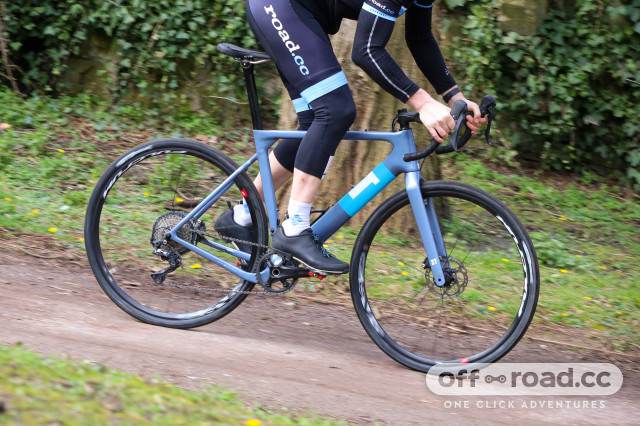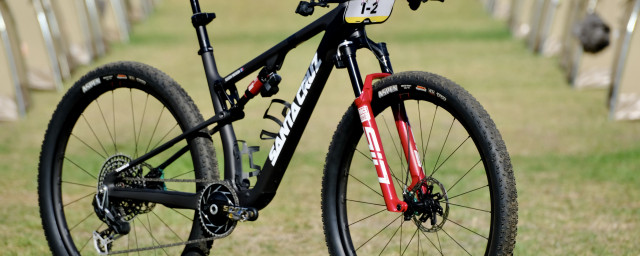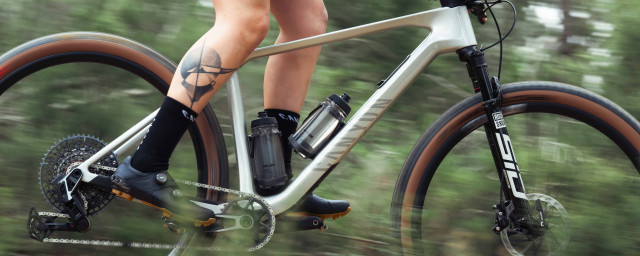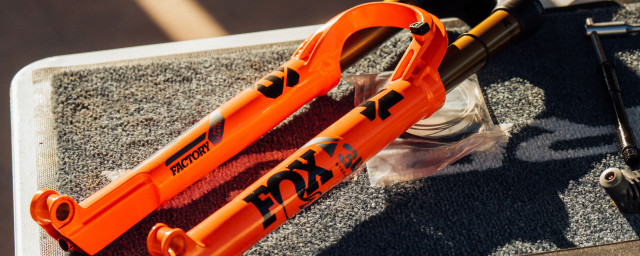What is a gravel bike?

From ultra-aero Tour de France time trial frames to Red Bull Rampage freeride mountain bikes, cycling has a diversity of segments. But if you were to select a true do-it-all bicycle, it would be the gravel bike.
Since the late 2010s, gravel biking has grown apace in popularity and industry-specific componentry. In the beginning, the best gravel bikes were dismissed as a senseless alternative to touring bikes, lightweight mountain bikes and cyclo-cross frames. But what was initially thought only to be a niche has arguably become cycling’s most coveted category.
But what is a gravel bike, really?
Looks can be very deceiving when comparing different cycling components and segments. Take mountain biking for example. You’d hardly recognise the difference between a 2.25- and 2.4in size mountain bike tyre, when fitted, but out on the trail, there’s a notable difference in descending traction and ride comfort between the two.
Similar logic applies to the best gravel bikes. They might look like a combination of all-terrain touring bikes and cyclo-cross bikes, but that's just visual misclassification due to silhouette. The gravel bike is designed to provide unlimited all-terrain riding ability.
Tarmac, gravel, and even mountain biking singletrack. With a gravel bike you should feel confident and uncompromised to roll onto any of these riding surfaces on your chosen route. Gravel bike geomtery is designed to harness the aero advantages of drop bars, with the off-road riding confidence of mild leisure mountain biking geometry.
More aerodynamic than a touring bike
Gravel bikes are not restyled touring bikes. The geometry, material, aerodynamics and tyre clearance differences are significant.
For all-terrain touring bikes, load-carrying ability is the design objective. Being able to fix as many carry bags and panniers creates specific spacing and packing needs for touring bike designers. But although a gravel bike often has fork or seatstay mounts for bags, it is quite different from legacy tourers.
Touring bikes rarely prioritise aerodynamics. Because they are destined to carry many frame bags, which ruin the aerodynamic profile, designers don’t bother with the latest leading edge head tube or seat tube shapes. But gravel bikes can be very aero, as 3T has proven with its Exploro range – carbon gravel bikes with oversized tubes and some remarkably efficient aerodynamics when you are rolling along at speed on smooth off-road terrain.
Better stability than a cyclo-cross bike
When the first gravel bikes were being marketed as a dedicated product category, many doubters simply disregarded them as misrepresented cyclo-cross bikes. It’s not difficult to understand why.
Before gravel bikes became popular, the only drop-bar bikes one could imagine riding off-road features and rolling through mud were cyclo-cross bikes. But the intense short-circuit racing discipline also requires bikes that are easy to carry, with very agile steering responses. Cyclo-cross bikes, with their relatively short reach numbers, are almost too nervous for confident descending anywhere else than a muddy field.
When considering a cycling industry categorisation, always rely on the numbers for comparison and reclassification. If you scrutinise gravel bike geometry, it becomes evident that designers have borrowed much more from the mountain bike than road, touring or cyclo-cross - have a look at our piece on gravel bike vs mountain bike to learn more.
Gravel bikes are designed to perform on routes and riding surfaces that would be considered far too adventurous for any other drop handlebar bike. Fireroad descents with loose stones and singletrack trails regularly feature on a gravel bike route, and the bikes have geometry to match.
High-speed descending stability on loose surfaces and calm steering are two of the most crucial requirements of a gravel bike. To achieve this, designers have shaped gravel bike frames with a longer reach (aiding stability) and slacker head angle (delivering less nervous, slower, steering responses).
A curious aspect unique to gravel bikes is their handlebar shape. To help alleviate wrist strain, increase steering leverage and improve stability, gravel bikes have pushed the envelope for drop handlebar width. And shape.
The drop handelbars fitted to gravel bikes are much wider than you’d ever find on a road bike, with flared ends. They aren’t terrifically aero but much comfier on the wrists when rolling hours of bumpy off-road roads.
The biggest tyres of all drop-bar bikes
Only true bicycle geeks notice geometry differences between frames when parked. Most riders won’t notice that a gravel bike is one-and-half degrees slacker than a cyclo-cross frame, if both are leaning nose-to-trail against a wall.
But tyres are a more obvious differentiator. And no drop handlebar bikes offer more tyre clearance and options than gravel bikes.
Tyre sizes have grown across all cycling categories. Mountain biking has defaulted from 2.2- to 2.4in width casings, and even road riders now prefer the comfort of a 700x28c, instead of 700x23c rubber.
Gravel bikes are defined by having a lot of tyre clearance. This has triggered a radial upsizing in 700c tyre widths. The initial tyre width limit for gravel bikes was 700x33, but that’s now considered small. Most gravel bikes launched in the last two years, offering tyre clearances of up to 700x47c. Why? Because bigger tyres provide much better ride comfort and traction when rolling along an off-road route.
Riders seeking the most cushioning can also fit 650b tyres, known more popularly as 27.5-inch by mountain bikers. The 27.5x2.1in tyre is regarded as ideal for a gravel bike adventure where the route conditions are expected to be rocky, rough and testing.
The rise of gravel bike suspension forks
Although the first generation of gravel bikes were rigid, with an occasional aftermarket Lauf fork fitted to some, suspension options have become available.
It is a testament to how rapidly the gravel bike category has grown, that all the most established suspension brands (Fox, RockShox, SR Suntour, MRP, DT Swiss), now offer very short-travel gravel bike forks.
Prioritising weight and sacrificing adjustability, these forks might only offer 40-60mm of travel and are pretty rudimentary in terms of rebound and compression adjustments. Still, they will prevent hand, forearm and shoulder fatigue if you are rolling 200-miles on the weekend over badly corrugated dirt roads.
The Swiss Army knife of bicycles
We all dream of that bike room with all the frames: aero road, steel hardtails and carbon dual-suspension mountain bikes. But few have the storage space or time to do a fleet of bikes justice. And if you can only have one bike in your life, the gravel option is pretty close to perfect.
Gravel bikes might have limitations on technical singletrack sections (60mm suspension forks and 27.5x2.1in tyres can only do so much), but they are more capable across the total breath of riding terrain than any other.
With a gravel bike you can commute to work on the cycle lane. Go bike-packing in Spain. And roll along smooth local forest singletrack trails.
This utility and adaptability has made the gravel bike so popular, with all major frame, tyre, suspension and component brands now offering gravel-specific bits. And with good reason, too. Because the gravel bike is truly an adventure bike, which goes where your imagination wishes it to – unlimited by changes in terrain shape and surface. It is the all-terrain riding Swiss army knife of bikes.














